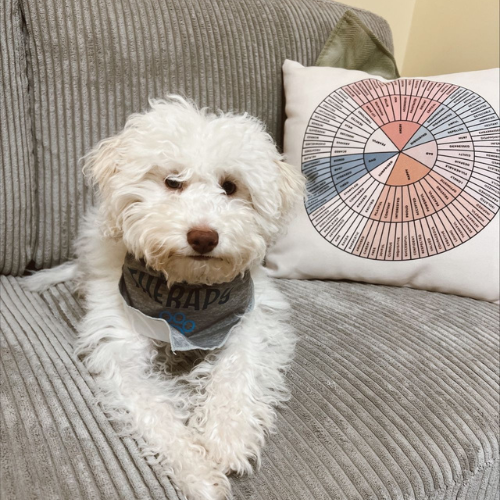Psychodynamic Therapy
Understanding your past is a powerful step toward healing. This approach helps uncover the deeper emotional roots of disordered eating, creating space for lasting change.
Psychodynamic therapy at Magnolia Creek
We use psychodynamic therapy to help individuals explore how past experiences, unconscious beliefs, and relational patterns influence their current relationship with food and body image. Through consistent, compassionate sessions with experienced therapists, clients gain insight into the emotional roots of their eating disorder. This deep understanding helps reduce self-defeating behaviors, improve emotional regulation, and support long-term healing. By connecting past and present, clients can break free from old patterns and move forward with clarity and confidence.

What is psychodynamic therapy?
Psychodynamic therapy is an insight-oriented approach that explores how unconscious thoughts, past experiences, and early relationships influence current behaviors. By increasing self-awareness and understanding emotional patterns, individuals can resolve internal conflicts, enhance their coping strategies, and foster meaningful change in how they interact with themselves and others.
Psychodynamic therapy, rooted in Freudian theory, remains highly effective today by helping clients uncover unconscious patterns that influence behavior, leading to profound, lasting change in mental health.
How psychodynamic therapy supports eating disorder recovery
Psychodynamic therapy helps treat disordered eating by uncovering the underlying emotional conflicts, unmet needs, and relational patterns that contribute to the behavior.
Psychodynamic therapy focuses on:
- Exploring the roots of self-image and identity tied to food or body
- Understanding how early attachment and trauma shape eating patterns
- Identifying unconscious defenses like control or perfectionism
- Processing emotions that may be expressed through disordered eating
- Strengthening self-awareness and emotional regulation
By uncovering deep emotional patterns, psychodynamic therapy promotes lasting self-awareness and healing. It helps break destructive cycles, build healthier coping skills, and supports sustained recovery beyond symptoms.

The Magnolia Creek Difference
We provide whole-person, evidence-based care that extends beyond symptom relief. Through culinary integration, co-occurring disorder treatment, and ongoing support, we help clients develop a strong foundation for lasting recovery at every stage of their journey.
Step into healing at your own pace.
Magnolia Creek offers two distinct levels of care — residential treatment and partial hospitalization — with a focus on tailoring each client’s treatment plan to their unique diagnosis and recovery goals.
Renew your hope at Magnolia Creek.
Contact us today or complete our form to connect with an admissions specialist who will guide you to the right program. Healing is just a call away.
Your privacy is our priority. All communication is completely confidential.













































